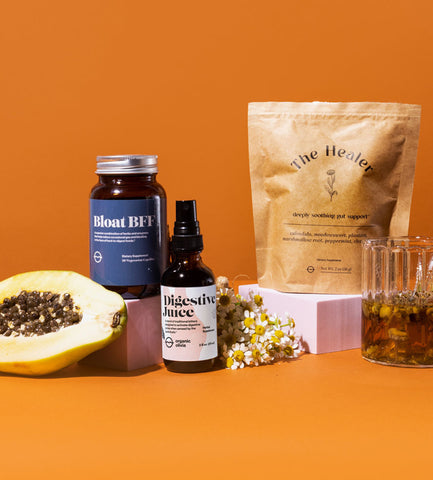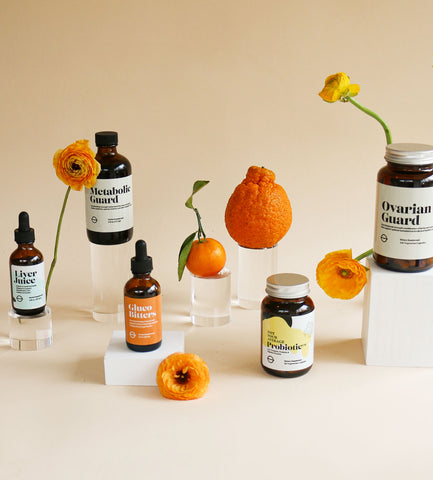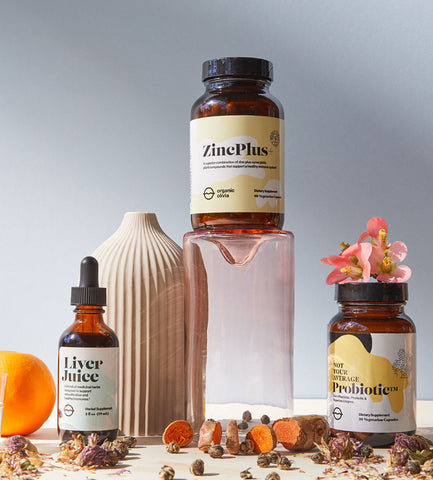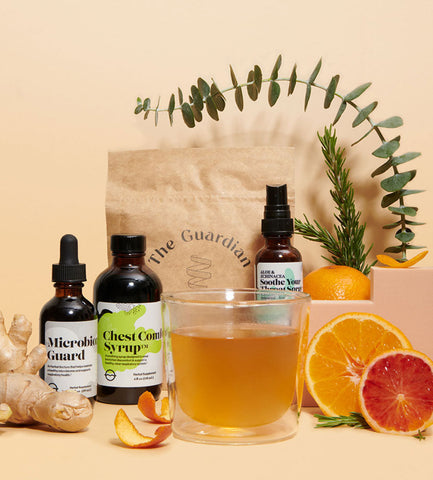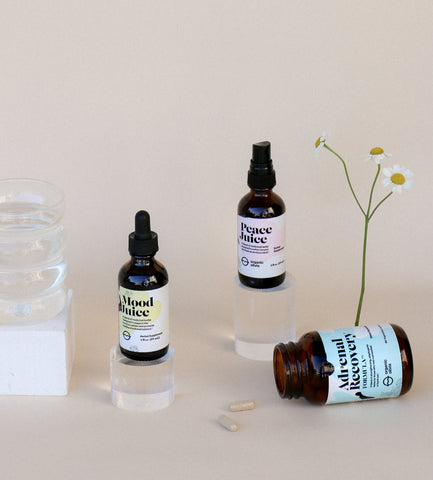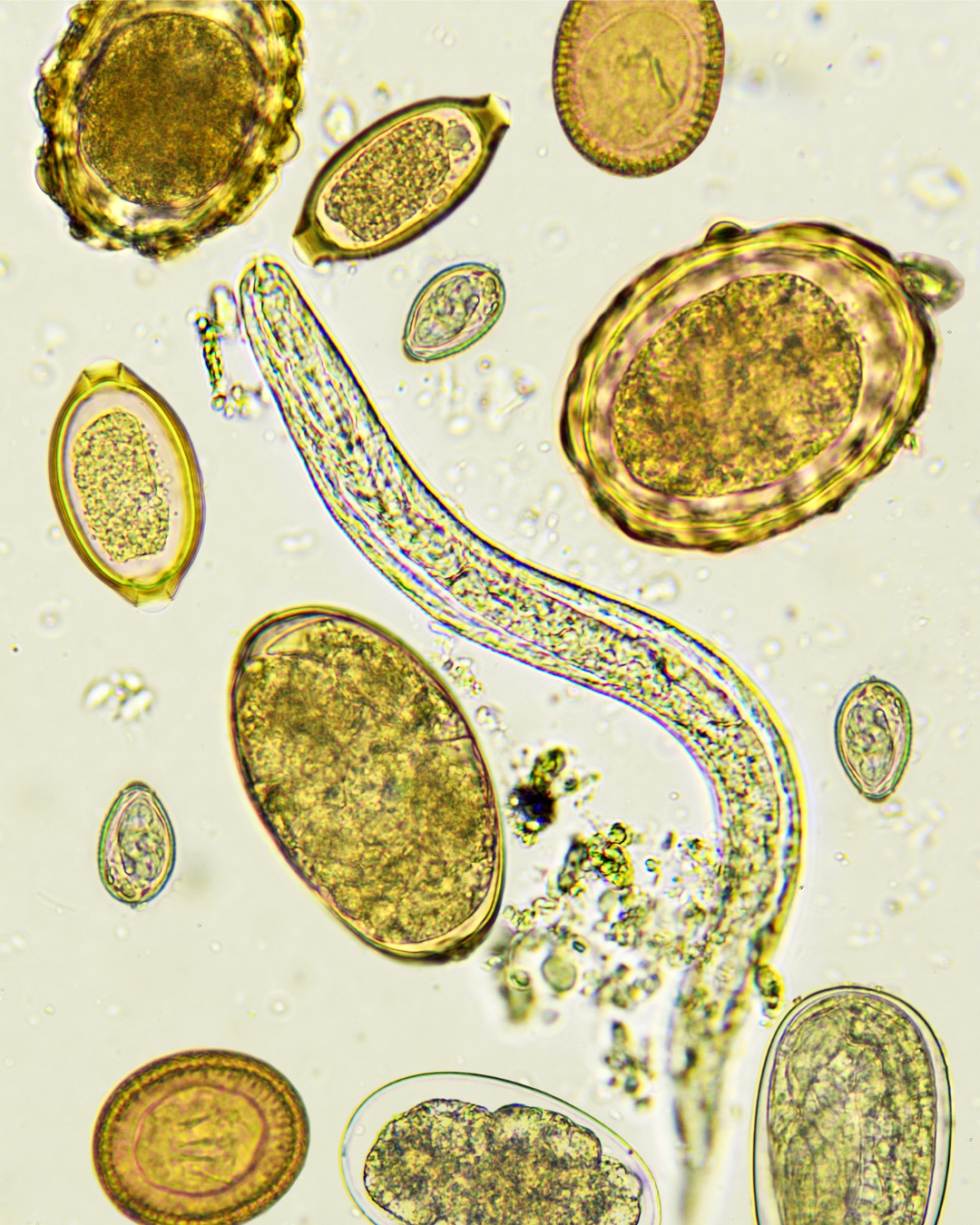It’s no surprise that we love beans here at OO. You could say they’re one of the OG superfoods, packed with fiber, protein, folate, iron, potassium, magnesium and loads of vitamin B. There are plenty of research studies on the impact of beans on weight management and diabetes, due to their low glycemic index. We could go on and on about the many health benefits (and wallet benefits!) of adding in a daily dose of beans, but there’s an elephant in the room that we must discuss – bloating. Let’s talk about it!
WHY BEANS MAY CAUSE BLOATING:
Fiber
Navy and pinto beans have a whopping 8-10 grams of soluble fiber per half cup, making them some of the highest fiber foods on the planet. It’s recommended that adults consume 25-35 grams of fiber each day yet most people aren’t even coming close to that number! So it can be incredibly jarring for our digestive system when we suddenly eat a bowl of chili or a bunch of hummus. To break it down further, fiber is a type of carbohydrate that our body simply cannot digest. Most carbs get broken down into sugar molecules, called glucose, but fiber can’t be broken down further so it passes through the GI tract undigested. Then the beneficial bacteria that live in our colon digest the fiber through fermentation and produce gas as a byproduct, leading to bloating. However several research studies suggest that after 3 or 4 weeks of consuming beans, most people return to normal levels of gas production.
Another factor to note here is that fiber absorbs a ton of water as it moves through the digestive tract which can cause constipation and even more gas. As you up your fiber intake (especially with beans) be sure to up your water intake as well!
Raffinose
Beans also contain an oligosaccharide (a type of carb) called raffinose. And because humans lack the enzyme alpha-galactosidase, we are unable to process raffinose. But our gut microbes can! So when raffinose and other oligosaccharides make their way to our large intestine, bacteria have a hay day fermenting them and causing – you guessed it – gas and bloating. So it makes sense that raffinose is present in all of the top bloat offenders, including cabbage, brussels sprouts, and broccoli. The process of bacterial fermentation is actually wonderful for our health as it boosts the populations of beneficial bacteria in our gut, protects the mucous layer of the GI tract, and produces short chain fatty acids (SCFAs). We have to find that happy medium of some fermentation without all of the uncomfy bloating.
Lectins
Recently lectins have gotten a ton of air time
HOW TO EAT BEANS WITHOUT THE BLOAT:
- Soak (and better yet, sprout) your beans
- Cook them in a pressure cooker
- Use kombu! It contains enzymes that break down oligosaccharides
- Incorporate them into your diet very slowly – start with a tablespoon a day
- Opt for lower fiber legumes like mung beans, black eyed peas and lentils
- Take supportive digestive enzymes beforehand like the ones found in Bloat BFF
ENZYMES IN BLOAT BFF

If you’re looking to up your bean game and are already doing all of the aforementioned tricks but are still experiencing bloat, it may be a good time to incorporate digestive enzymes. You’ll want to find a formula that contains alpha-galactosidase since it specifically breaks down a non-absorbable fiber called galactooligosaccharides (GOS), which includes raffinose. Our newest formula, Bloat BFF, contains both alpha-galactosidase and beta-galactosidase, as well as the fruit enzymes papain and bromelain. We want you to enjoy the beautiful health benefits of beans without the risk of being gassy and bloated!



